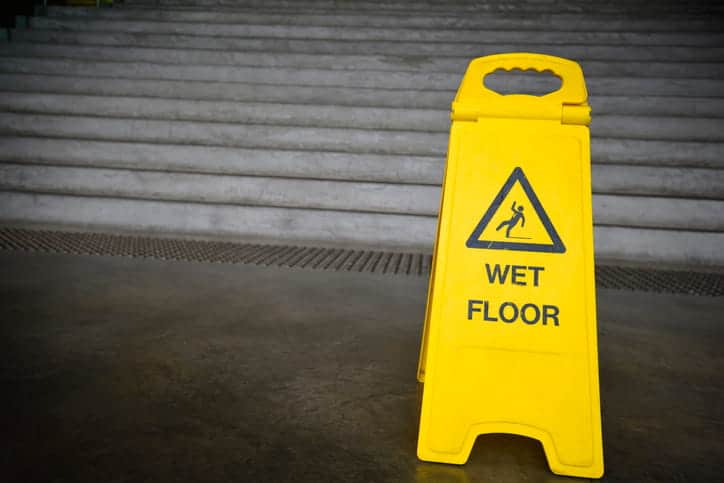Factors That Determine Your Slip-and-Fall Case Value
All slip-and-fall accident cases involve calculating your economic damages. If you’re also eligible for pain and suffering damages, your case value will include these, whether they’re calculated by the daily rate or multiplier method.
This doesn’t always make it easy to gain a clear sense of how much your case is worth. With pain and suffering damages, your multiplier or daily rate has a significant impact.
However, the total amount of your economic damages is often the most important element of your claim. Many factors impact how much compensation you can recover in this area.
Severity of Your Injuries
The severity of injuries is one of the most important elements of your slip-and-fall claim. If your accident resulted in a sprained ankle that quickly healed, your case value will probably be smaller. But if the accident caused a brain injury or spinal injury, that leaves you eligible for much higher compensation.
Florida law specifies a serious injury threshold. This helps identify when an injury is considered “serious” in legal terms, which makes a case eligible for pain and suffering damages. In Florida, a serious injury must meet at least one of the criteria on the list:
- Permanent loss of an important bodily function
- Permanent scarring or disfigurement
- Permanent loss of sight
- Permanent injury
- Death
Under Florida law, your slip-and-fall accident injuries must meet one of these conditions for your case to be eligible for pain and suffering damages.
Impact on Quality of Life
You can’t put a dollar amount on quality of life. That’s another area of injury compensation that falls under pain and suffering damages. If you’ve experienced a severe injury, it has probably taken a serious toll on your long-term quality of life.
An experienced slip-and-fall lawyer can collect evidence and build an argument for why you should recover compensation for the accident’s impact on your quality of life. Since this is a form of non-economic damages, either the multiplier method or the daily rate method is typically used to calculate damages in this category.
Past and Future Medical Expenses
Medical expenses often compose one of the most significant elements of your slip-and-fall accident claim, especially in cases involving serious injuries. Identifying medical expenses includes adding up any treatment and care costs related to the injury. Common examples include:
- Medical bills
- Surgery bills
- Specialist/therapist costs
- Medication costs
- Attendant care costs
- Medical device costs
Severe injuries often result in the need for long-term assistive care or future medical procedures. Your medical expenses can be calculated to include all likely future medical and care costs related to the injury.
Past and Future Lost Income
The second most important element of your economic damages is your lost income. If you’re able to eventually return to work, you can recover the wages and benefits you lost during the treatment and recovery period.
If your injury results in partial or permanent disability, you may be able to recover the lifelong income you would have expected to earn if the accident hadn’t taken place.
Proof of Negligence
Negligence is an essential element of any personal injury claim. In a slip-and-fall case, a central part of your lawyer’s job is to prove that the accident happened because of the property owner’s negligence.
While proving negligence is necessary for giving you the right to pursue compensation, it can also be used against you. The insurance company will likely try to claim that you bore some responsibility for the accident. The larger the percentage of fault that can be assigned to you, the smaller your potential payout becomes.
Florida uses a modified comparative negligence system. As long as 50% or more of the fault is assigned to the other party, you can recover some compensation. For example, you can recover compensation if you’re assigned 10% fault for the accident. However, 10% of your total case value will be subtracted.


